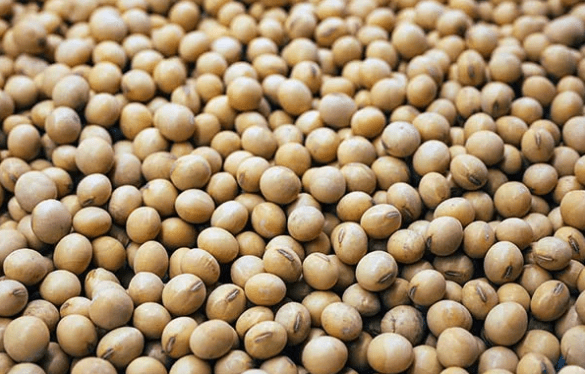Global soybean production is concentrated in the United States, Brazil, Argentina, and China, says Teucrium Commodity Trust.
The U.S. Department of Agriculture (USDA) has estimated that, for the 2022-23 crop year, the United States will produce approximately 116 million metric tons (MMT) of soybeans or approximately 30% of estimated world production, with Brazil’s production at 153 MMT.
Simultaneously, Argentina is projected to produce about 46 MMT.
For 2022-23, according to the January 12, 2023 USDA report, global consumption of 379 MMT is estimated to be slightly lower than global production of 388 MMT.
If global soybean demand does not match global supply, this may have an impact on soybean prices.
Teucrium Commodity Trust refers that global soybean consumption can fluctuate year-over-year due to a number of reasons that may include, but are not limited to, economic conditions, global health issues and international trade policy.
Soybeans are a commodity widely used around the world, so any contraction in consumption may only be temporary, as it has been historically.
Soybean
In general, the occurrence of a severe weather event, natural disaster, terrorist attack, geopolitical event, public health outbreak or emergency as declared by the World Health Organization, continuation or expansion of war or other hostilities, or a prolonged government shutdown may have significant adverse effects on the Fund and its investments and alter current assumptions and expectations.
For example, in late February 2022, Russia invaded Ukraine, which significantly amplified existing geopolitical tensions between Russia and other countries in the region and the West.
The global response to Russia’s actions, broader general tensions and Ukraine’s military response can increase financial market volatility generally, have serious adverse effects on global economic markets and lead to volatility in the price of agricultural commodities, including agricultural futures, and in the Fund’s share price.
At the same time, the price per bushel of soybeans in the United States is primarily a function of both U.S. and world production and demand.
The price per bushel of soybeans can be affected by the price of corn; because corn and soybeans are planted on the same acres, farmers must choose which crop to plant each year.
![]()

